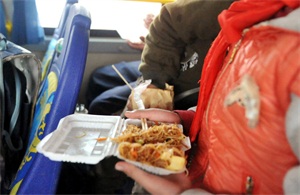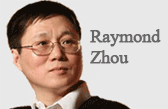Han a hero rebelling against research system?
(China Daily) Updated: 2016-06-01 07:58
 |
|
Li Min/China Daily |
Editor's note: After a 10-year silence, Han Chunyu, aged 42, an associate professor at Hebei University of Science and Technology, published a paper in the journal Nature Biotechnology about DNA-guided genome editing, which is a big breakthrough in research in this area. Han's story once again raises questions about how research funds are distributed in China.
Xiong Bingqi, vice-president of the 21st Century Education Research Institut, comments:
When deciding how to distribute their research funds, it is always senior professors from famous universities that are considered first; a young researcher of Han's age has little hope of receiving funding.
However, the reality is, young researchers who are at the peak of their talent can produce the most fruitful research results if properly and sufficiently funded. When a researcher gets a higher title, that title always earns better funding support but the recipient may lack the drive he or she had when they were younger.
Such an administrative system is rather unfriendly and unfair for young scholars. Worse, it is detrimental to the nation's scientific research because it fails to exploit the full potential of researchers. Hopefully, Han's example will change the deeply rooted prejudice against funding young researchers.
Besides, it is with relatively poor equipment that Han made his achievement, which should also teach us a lesson. The academic administrative system has long blindly worshipped having the latest equipment; guided by this mentality, they invest hugely in equipment but little in researchers. As a result, the pay researchers get is too low compared with the money spent on devices, and many researchers jump to private enterprises that provide higher salaries. That deserves our attention, too.
Han's story reveals the problems with the current academic administrative system, which needs reforming.

I’ve lived in China for quite a considerable time including my graduate school years, travelled and worked in a few cities and still choose my destination taking into consideration the density of smog or PM2.5 particulate matter in the region.











